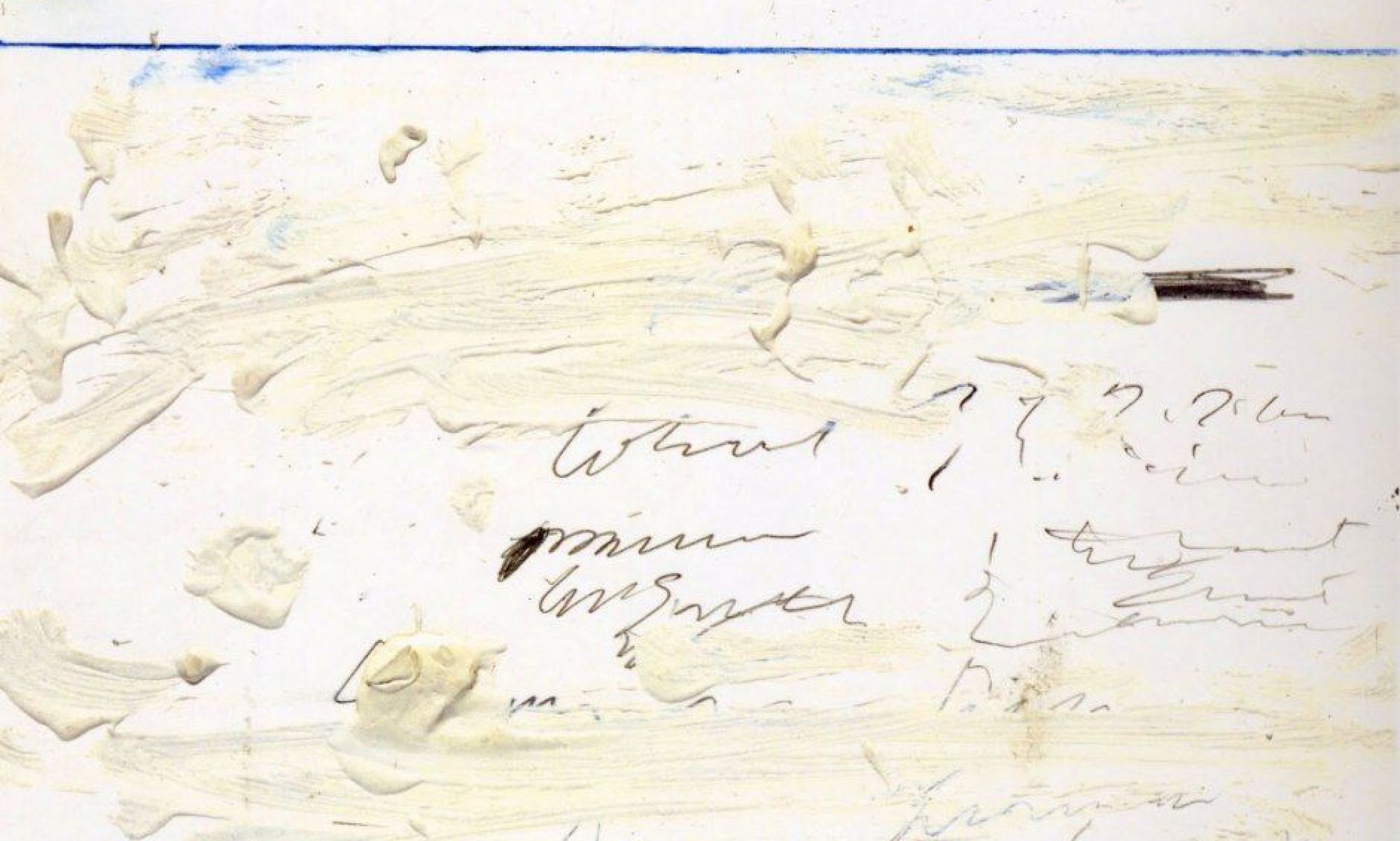About the practice of the Order of the Third Bird, our business on Monday, I will say nothing more, but the curious can find a good deal of information here. I hope those of you who gave it a try will feel free to experiment further, with friends; and that valiant seniors who were deep in their theses and find themselves curious will not hesitate to let me know.
I also said that I would direct you to Wayne Koestenbaum’s instagram page, and here it is. It is a great introduction to his sensibility, or follow-up, after “The Writer’s Obligation.”
As for our last class, I learned a lot from the way we found ourselves talking about Eula Biss and Koestenbaum together, her essay circling around pain, his around pleasure. But I will confine my remarks to our discussion, at the end, of Brian Blanchfield’s “On the Locus Amoenus.” Aishah led us into his central question about the relationship between the poet and the poem. He has a disarming approach, his concern that some of his friends, who do not have much experience of poetry, are puzzled by how different his poems sound from the way he talks; different, not to say pretentious. Blanchfield seems to cherish the possibility of that separation, of the poet standing together with readers and looking, not at each other, but outward together, to where the poem points (or perhaps at the poem to which the poet points us; but at all events, not at the poet’s hand).
Cammie wondered skeptically, can we ever make that separation; Avaneque mused that the class had often considered poems in the context of another art, but not authorship or history. Aishah framed her remarks by talking about Terence Hayes, whose sonnets explore his own identity as a Black man. The problem has been a fundamental one for poetry as long as there has been poetry. If it tends toward the music or the spheres, or toward accurate visual mimesis (or abstraction), or toward the putative transparency of the camera, or the archetype of home—then perhaps it tends away from the personal, even away from history, and the Anderstrebren, that other-striving, that we have talked so much about is a striving to make the poem other to the poet. I hope we are able all of us to feel something of that longing, to get beyond ourselves, toward the limits of distance and time and perception. Such escape is a dream of art and has animated so many artists.
And yet—we also encountered so many poems that seemed intent on bringing us back into the world, on positioning their mirror at an angle that might allow us to see the poet’s face, or at least its facsimile. Who wants to leave the world as keenly as Keats? But the world he wanted to leave, “To cease upon a midnight with no pain,” was as particular as ours, and likewise his place in it. Our own moment, call it 2022, is wise in this historicism, this contextualization, and wary of abstractions from it, wary of how a universal beauty may forget the gendered pain and the queer pleasure that Biss and Koestenbaum give us, the histories and prophecies of race we heard from Hong and Smith. If, from my own perspective, I had to identify the challenge for your generation, as the inheritors of all these poems and the arbiters of their future, I would say it is to make sense of these contending impulses as a double truth of poetry. How do we think identity and abstraction together, honor and attend to both of those human drives? (For humans are and do them both!) And this question, of course, is alive across all of the arts. I hope I will get to hear, in time, what you make of it.
